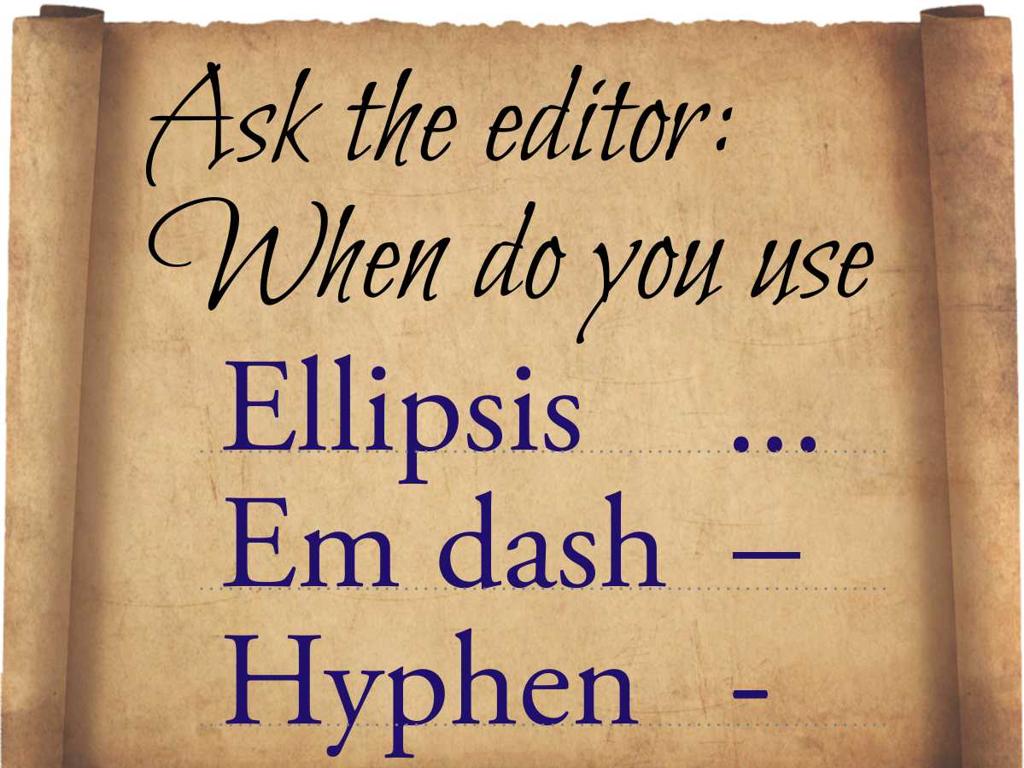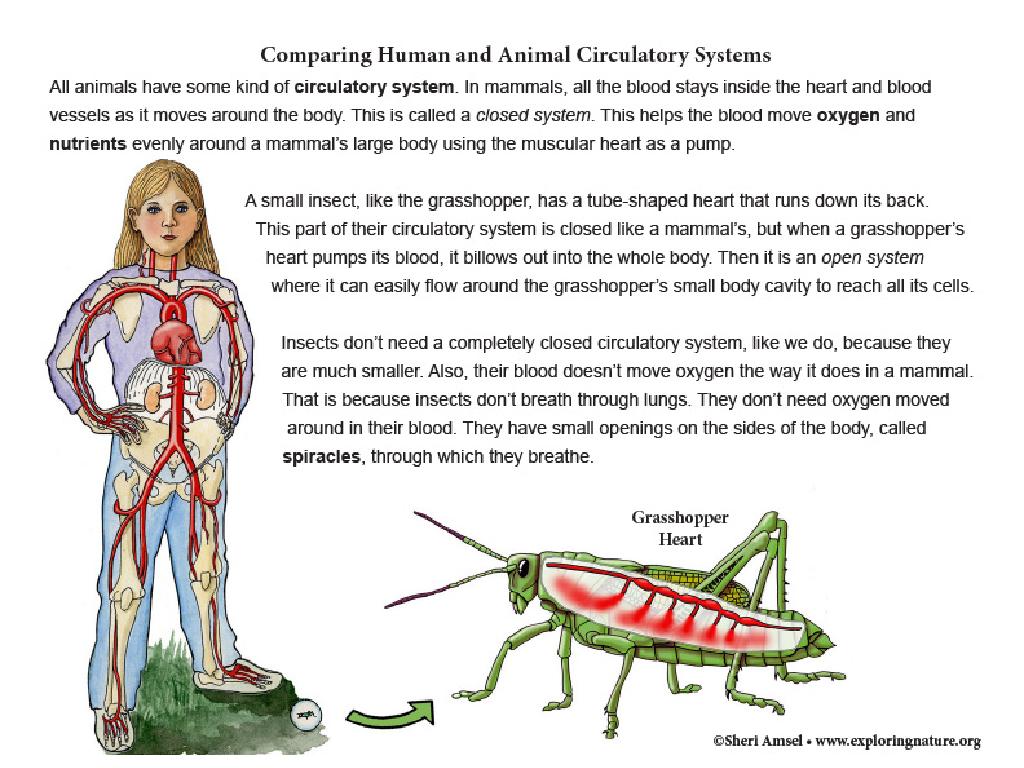Use Actions And Dialogue To Understand Characters
Subject: Language arts
Grade: Fourth grade
Topic: Inference
Please LOG IN to download the presentation. Access is available to registered users only.
View More Content
Becoming a Detective in Reading: Using Inference
– What is inference in reading?
– Inference is like being a detective, but for words!
– Be a detective in stories
– Imagine you’re solving a mystery when you read
– Use clues to know characters
– Actions and words in stories are clues about characters
– Practice makes perfect
|
In this slide, we introduce the concept of inference as a critical reading skill. Inference is the ability to understand something by using context clues without it being explicitly stated. Encourage students to think like detectives, looking for hints in the text to figure out more about the characters and the story. Discuss how an author might not directly tell us everything about a character, but we can infer a lot from how the characters act and what they say. Provide examples of dialogue and actions from familiar stories and ask students to infer traits or feelings of characters. Practice with different texts will help students become more skilled at making inferences.
Understanding Characters Through Actions and Dialogue
– Identifying character traits
– Actions reveal personality
– How a character behaves tells us a lot about them
– Dialogue shows character thoughts
– The words a character uses can show their feelings and motives
– Inferring traits from actions/dialogue
– Use clues from how characters act and speak to understand them better
|
This slide aims to teach students how to infer character traits from actions and dialogue. Start by explaining that characters are the people or animals in a story. Discuss how a character’s actions can give us clues about their personality, such as if they share their lunch, it might show they are generous. Then, explore how dialogue can reveal what characters are thinking and feeling. For example, if a character says ‘I’m not scared!’ but they’re whispering and looking around, they might actually be scared. Encourage students to become detectives, looking for clues in actions and dialogue to infer what characters are like. This will enhance their reading comprehension and analytical skills.
Understanding Characters Through Actions
– Actions reveal feelings and traits
– Characters show bravery by standing firm in challenges
– Examples: Actions and their meanings
– Clenched fists can show anger, a hug can show love
– Activity: Guessing feelings from actions
– We’ll act out scenes and infer feelings
|
This slide aims to teach students how to infer a character’s feelings and traits based on their actions and reactions. Discuss how an action, like standing up to a bully, can demonstrate bravery. Provide clear examples, such as how a character’s clenched fists might indicate anger, or a hug might show affection. For the activity, students will act out or read scenes and guess the character’s feelings based on their actions. This interactive approach will help students understand the concept of ‘show, don’t tell’ in literature. Encourage students to think about how they express their own feelings through actions in their daily lives.
Dialogue and Personality
– Dialogue shows character traits
– Words and tone in dialogue can reveal a lot about a character’s personality and feelings.
– ‘Reading between the lines’
– Understanding the implied meaning behind words to gain insights into characters.
– Activity: Interpreting character dialogue
– Guess the character’s traits from their dialogue in a story excerpt.
|
This slide introduces the concept that dialogue is a key tool for understanding a character’s personality in literature. Students should learn that not only the words but also the way characters speak can give clues about their feelings and traits. ‘Reading between the lines’ refers to looking for the hidden meanings and emotions that are not directly stated. The activity involves students reading excerpts of dialogue and inferring what the character is like based on their speech. Teachers should prepare several excerpts from books appropriate for fourth graders, where characters express clear emotions and traits through their dialogue. Encourage students to share their interpretations and discuss how dialogue can reveal more than just the surface meaning.
Combining Clues to Understand Characters
– Combine actions & dialogue for character insight
– Actions show what characters do, dialogue reveals what they say. Both give us clues about their personality.
– Practice inference with a short story
– Read a story together, then guess characters’ feelings & motives based on their actions and words.
– Engage in group discussion
– Discuss with classmates what you think about the characters.
– Share your character inferences
– Explain your thoughts on the character’s traits to the class.
|
This slide aims to help students synthesize information from both a character’s actions and their dialogue to make inferences about the character’s personality and motivations. By practicing with a short story, students will apply these skills in a controlled setting. The group discussion will provide an opportunity for collaborative learning and for students to articulate their thoughts and understandings. Teachers should prepare a short story with rich character actions and dialogue, guide the discussion, and encourage each student to share their inferences, providing a diverse range of perspectives on character analysis.
Class Activity: Create Your Character
– Invent a character with unique traits
– Illustrate and describe your character
– Draw your character and write about their actions
– Use dialogue to show personality
– What does your character say? How do they react?
– Get ready to present to the class
|
This activity is designed to help students use their creativity to understand how actions and dialogue contribute to character development. Students should think about what makes their character special and how to express that through illustrations and writing. Encourage them to use descriptive actions and dialogue that reveal their character’s traits. When presenting, students will practice public speaking and provide insight into their character’s behavior and speech. For the teacher: Prepare a list of guiding questions to help students if they get stuck, such as ‘What is your character’s favorite activity?’ or ‘How does your character respond to a challenge?’






